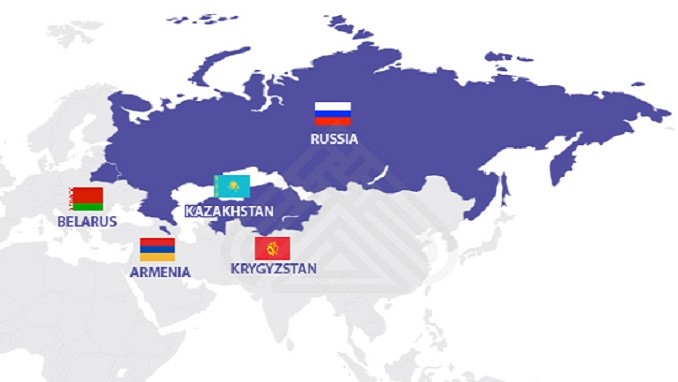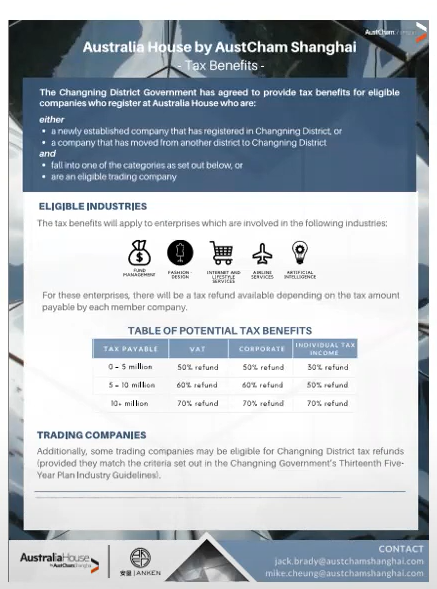China’s FTA with the EAEU Will Improve Market Access, EU Transhipments
China’s FTA with the EAEU Will Improve Market Access, EU Transhipments
May 23, 2018
China signed a free trade agreement (FTA) with the Eurasian Economic Union (EAEU) today in Astana, Kazakhstan, as indicated by us would happen prior in the week.
Early reports recommend the FTA is “non preferential”. Kazakhstan’s Minister of National Economy Timur Suleimenov expressed, “The agreement is non- preferential by nature and does not suggest cancellation of obligations or automatic reduction of non-tariff barriers. At the same time, the agreement will make [it] possible to enhance conditions for access of products to the China market, through standards for simplification of trade methods present in the record, [and] increase the transparency level and enhance the level of interaction across all spheres of trade cooperation.”
Chris Devonshire-Ellis, Founding Partner of Dezan Shira and Associates, remarked, “Without seeing the document it is difficult to learn precisely what Suleimenov implied. However, the normal language concerning the FTA recommends that the China-EAEU agreement has rules of origin in place to keep products from non-parties increasing particular access through the member country of the free trade zone with the lowest customs tariff. If so, this will be on the grounds that the EAEU itself has not completely harmonized its internal tax system between member states, and there are a few discrepancies between them. However, the fact that the agreement has been signed is a major boost for the EAEU and a critical step forward for Eurasian and Russian trade with China. The vital aspect is that it has been agreed upon. Tariff reductions and amendments as required to further facilitate trade can always be added later.”
The EAEU as a single zone, basically, sits amongst Europe and China. The agreement implies that it will be possible to transport goods from China by means of train through Kazakhstan, Russia, and Belarus specifically to the borders of the EU under one common agreement.
An announcement on China’s Ministry of Commerce site references the structure of the FTA as takes after: “The finish of the agreement is helpful to China and the [EAEU] members, which will additionally reduce non-tariff barriers to trade, improve trade facilitation, create favorable environment for industry development, promote the docking between the Belt and Road construction and [EAEU] construction, and enhance a deeper trade and economic relationship with the [EAEU] members.”

The EAEU is also negotiating FTA with a few nations, among them India, Iran, Indonesia, and Singapore. Vietnam already has an FTA with the bloc. China has likewise expressed that it needs the EAEU to become an integral part of its Belt & Road Initiative and has furthermore been talking about with Russia the likelihood of opening up the maritime Northern Sea Passage by means of the Arctic Ocean, with goods additionally being subjected to the China-EAEU FTA.
Devonshire-Ellis finishes up, “The China-EAEU FTA is a game-changer and uplifting news for Russia and other members of the bloc as it gives better access to the China market. It will likewise encourage trade in China manufactured goods with the EAEU. The EU will likewise profit as this agreement will bring down the administration costs of goods being transported to China and also Chinese goods getting to the EU. This EAEU deal effectively brings China right to the borders of the EU and will allow EU exporters easier administrative access to the Chinese consumer market when goods are transported overland.”
If you have any questions regarding the trade rules, regulations, compliance requirements and minimizing duty costs between China and Europe, please contact our Chinese team at + 86 187 177 31958 or email us at info@opkofinance.com








